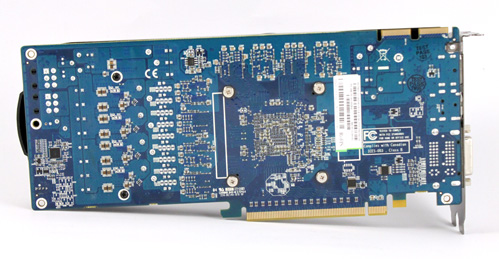Index
Page 3 of 10
Sapphire HD 5830 comes with large, black cooling, which looks good, does a good job and runs pretty quietly.
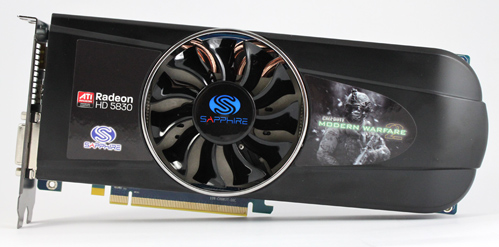
The card is 25.5cm long, which is 1.5cm longer than the HD 5850 and 2.5cm shorter than the HD 5870. It seems that the PCB on most of these cards is pretty similar if not identical, and the only difference among the cards is the cooling.
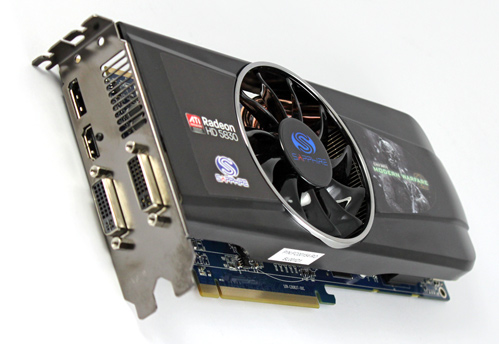
As you can see, the card comes with dual-slot cooling and the same I/O panel as on the HD 5870/5850. Sapphire HD 5830 comes with ATI Eyefinity technology, providing support for up to three monitors on one card. We must admit that playing a game and spanning the picture to three monitors is great fun, but it’s pretty expensive for most HD 5800 owners.
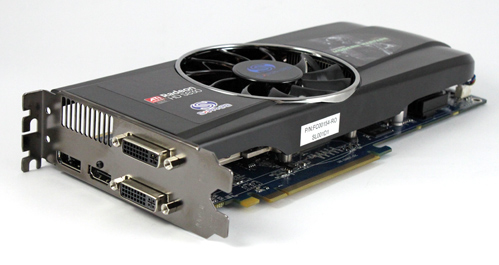
Sapphire HD 5830’s cooling is pretty quiet, thanks to the large dissipation surface. Sapphire uses 5 heatpipes and if you want to make the card even cooler, you can easily slow the fan down without worries of frying your card.
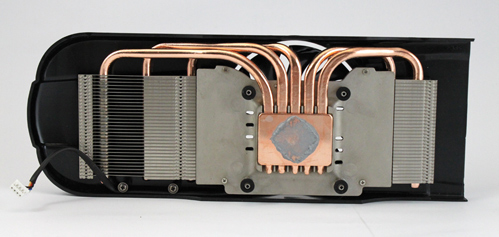
We took off the plastic hood, which guides and directs the air for more efficient cooling, so you can see the heatpipes.
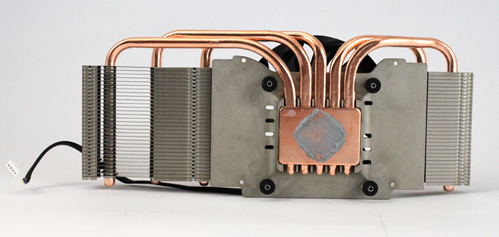
We still remember the pretty tall heatpipe solutions that exceed the height of the graphics card, but Sapphire did a great job here and you won’t see the heatpipes until you’ve taken the plastic hood off.

The fan is 8.5cm in diameter and it has curved fins for optimum airflow at lower RPMs. This reminded us of the Seaweed-Blade fan which we’ve first seen two years ago on MSI’s card, here.
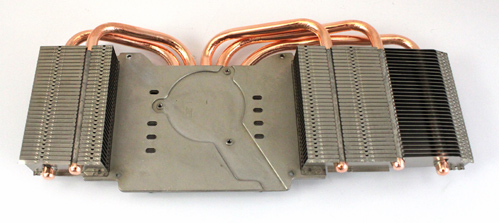
The fan is fixed with three screws and Sapphire placed it for optimum cooling, where the cooling fins on the sides are cooled as well.
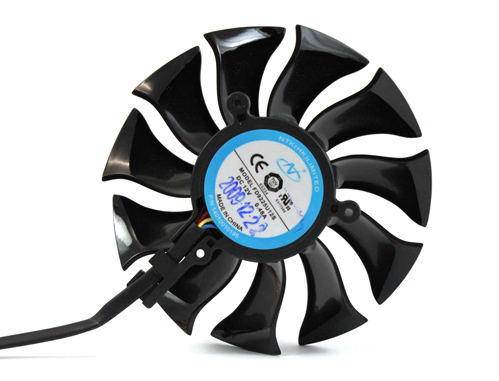
Sapphire’s HD 5830 uses Samsung gDDR5 memory on a 256-bit interface. All eight modules are on the front and the only cooling is provided by the fan.
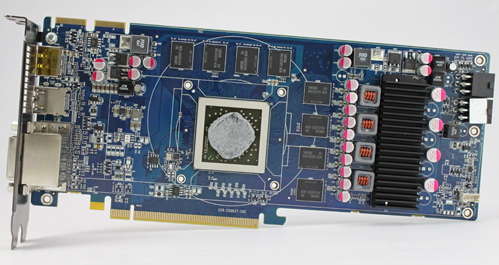
As you can see, HC04 says that this is a 0.40ns (5.0Gbps) memory which can easily run at much higher clocks than 1000MHz, which is the HD 5830 reference clock.
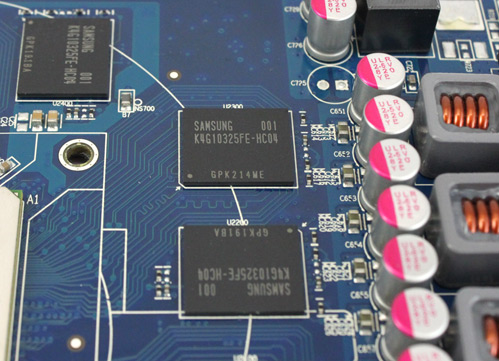
The card uses four phases for the GPU and one for the memory. As we already said, the higher clocks result in higher consumption than on the HD 5850 card.
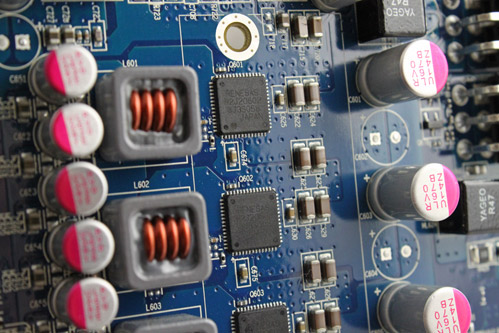
Power connectors are located towards the back of the card and are easily accessible. Next to it is the fan, which is powered via 4-pin connector and will enable users to keep tight reins on their fan’s RPM.
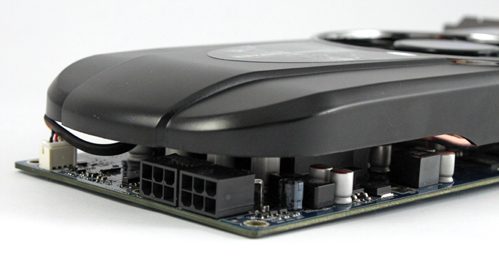
As you can see from the picture, the card is CrossFireX ready and the two CrossFire connectors confirm that.
